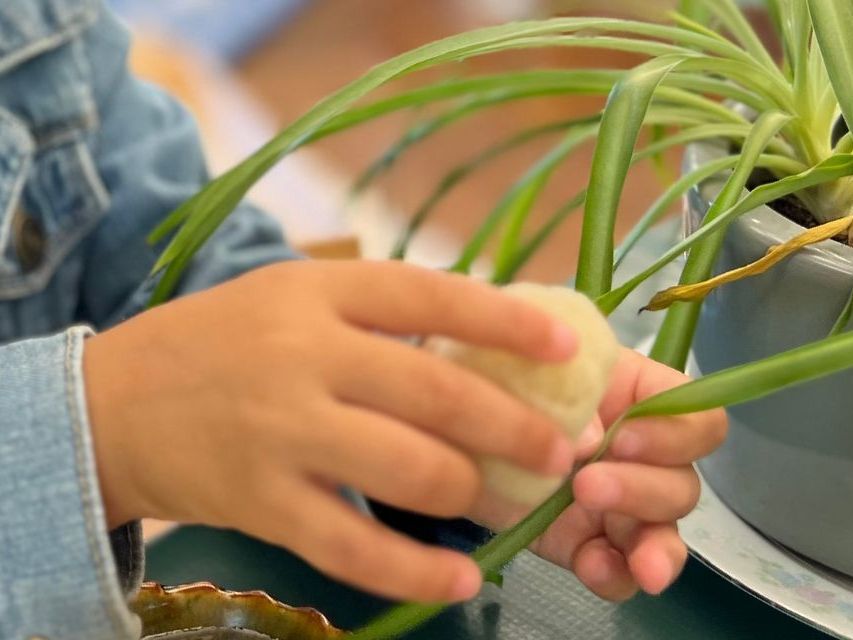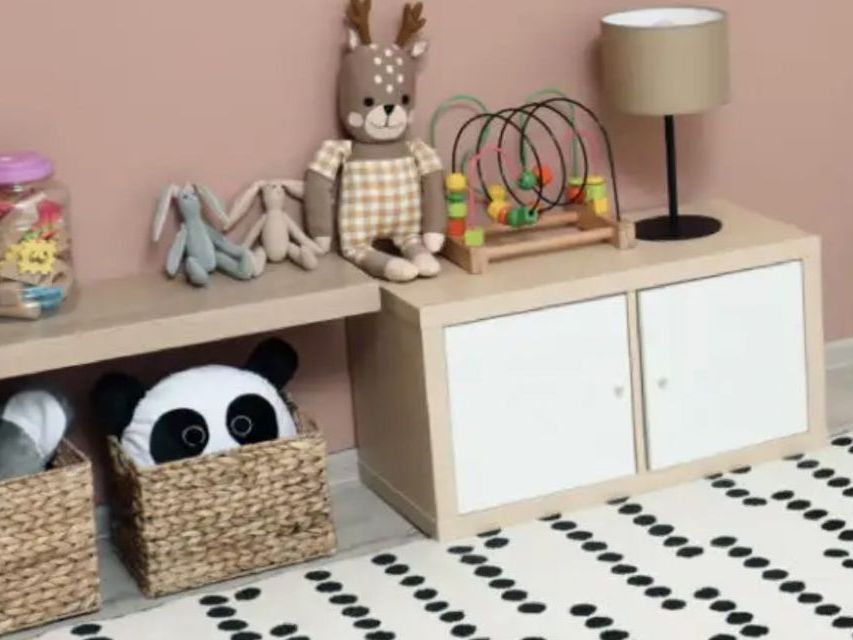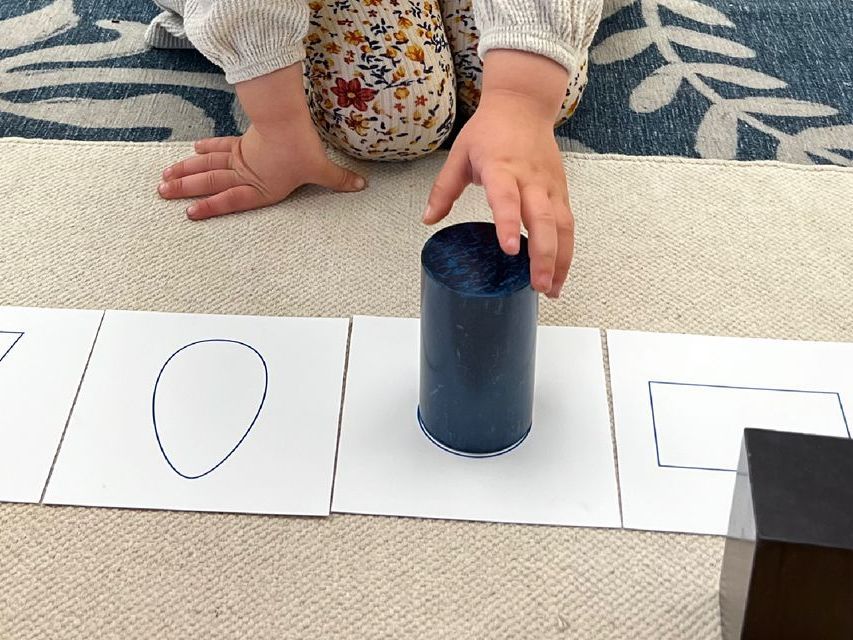Preventing Math Anxiety
Researchers from the University of Cambridge recently released a report following their study of math anxiety in primary and secondary students. Their findings illustrate interesting characteristics of children who experience math anxiety, and suggest a potential connection to interactions with teachers and parents. The interview-based study included 2,700 children in primary and secondary school in the United Kingdom and Italy.
What researchers discovered
Four general themes emerged from the research:
- Girls were more likely than boys to experience math anxiety at both the primary and secondary levels.
- An overall perception that math is more difficult than other subjects contributed to developing anxiety. Children spoke about comparing themselves to others and receiving poor grades in classes and on tests. This led to a decline in confidence and seemed to contribute to the development of math anxiety.
- Interactions with adults is a factor. Children in the primary grades spoke about feeling confused by the variety of methods used to teach certain skills. Older children felt that negative interpersonal interactions with teachers and parents contributed to their anxiety.
- Children in secondary school felt overwhelmed by the transition from primary school. They indicated increased pressure in regards to the difficulty of math content along with more testing and homework.
What might this mean for Montessori classrooms?
The approach and structure of Montessori classrooms is already so different from that of conventional settings; this may serve as a benefit to students learning about math. As educators it is critical, however, to be open to new research and dedicated to creating an environment that will nurture our students and their learning in the best ways possible.
Why are girls experiencing greater levels of math anxiety? It could be beneficial to pay close attention to the girls in our classes and be ready to intervene when markers of anxiety appear.
The children in the study expressed frustration as a result of comparisons with peers. Montessori strives to create an educational environment that downplays competition and focuses instead on intrinsic motivation. Not asking students to take tests, not giving grades, and not having a sticker chart on the wall that displays who has memorized their multiplication facts can all help with this.
In Montessori schools we recognize that learning is not a steady, linear progression, nor is it the same for different children. Students work through a series of materials at their own pace; teachers teach small groups or individuals and reteach as necessary, for as long as necessary, without any pressure to move along a predetermined pace.
It can be challenging at times to compete among schools that take on more traditional methods. Montessori schools can feel obligated to offer standardized testing and homework. It may behoove us to recall the success Montessori has had for over a century without tests or homework. Most importantly, even while finding a balance, we need to keep our children’s development in the forefront of our decision-making. One question to ask while implementing something new might be, “Is this new structure affecting our students’ attitudes toward math?”
Of course, as children get older we have a responsibility to prepare them for whatever setting they will transition into. How might we do this without compromising our ideals? How can we present homework and testing to Montessori adolescents in such a way that they understand what will be expected of them, while continuing to support them in a supportive and non-competitive learning environment?
What might parents do to help prevent math anxiety?
More research needs to be done to determine how parents can help stave off negative feelings about mathematics. We have a few ideas to share:
- Make a conscious effort to not emphasize your own math anxiety. It’s certainly fine to share your experiences with children; this allows them to see that we can be successful in the face of adversity and challenge. The key is to not dwell or allow any residual math anxiety to affect their own perception. Make sure to avoid saying things like, “I’m bad at math.” If you hear your child saying something along those lines, you might encourage them by reminding them that they’re not bad at it, it’s just an area that might feel a little more challenging right now.
- By all means, engage in math activities with your child! Just remember to keep them light and fun. We may have grown up with math drills and rewards for achievement, but a growing body of research is showing us that external rewards are not usually effective. Math at home should be a fun way for children to see how we use numbers in our everyday lives.
- Trust the Montessori process. This one can be hard. If you are the type of parent who is actively engaged in your child’s education, you are likely to want to teach them whatever you can. This is great! Unfortunately, it can be hard to know exactly when a child is developmentally primed to learn a particular skill. One common example is parents wanting to teach their child how to add larger numbers. We believe they could grasp the concept of carrying and doing it all on pencil and paper. While the child may be able to, Montessori curriculum utilizes materials that allow the child to arrive at such a discovery without the assistance of an adult (and often much earlier than they would typically be taught in a conventional school). By learning first with the hand and figuring it out authentically, a child is able to understand the whys of number manipulation while simultaneously feeling a sense of empowerment and confidence. Showing children how to use these specialized materials requires extensive training that all Montessori teachers must complete to become credentialed.
It will be interesting to see what future research learns about math anxiety in children and how we, as adults, might support them further.
Have you ever dealt with math anxiety? What do you think might have made your experience different?
As always, please feel free to
reach out with any questions, ideas, or to
schedule a tour.









